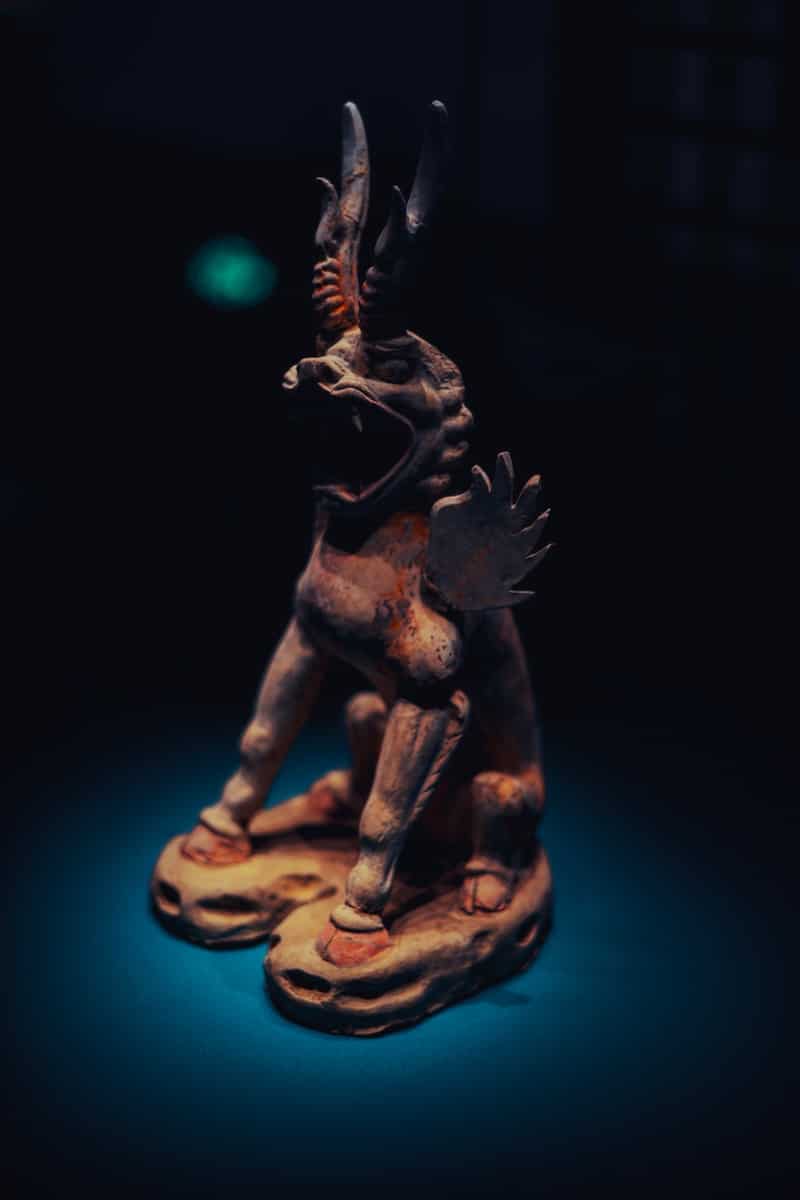The latest archaeological discoveries

Every year, archaeologists around the world reveal fascinating secrets hidden beneath the soil, touching upon the mysteries of ancient cultures and civilizations. These discoveries not only shed light on the past, but also provide a better understanding of human history and evolution. This article will delve into the latest findings that have made waves in the archaeological community.
The Underground City of Aten in Egypt
In the spring of 2023, the world was awestruck by an Egyptian discovery that brought an entire city from the reign of Amenhotep III back to light. This city, known as Aten, had been hidden beneath the sands of Luxor for nearly 3,500 years.
A découvrir également : Investing in a studio apartment in Monaco: opportunities and challenges
The city is believed to be the largest ancient city ever discovered in Egypt. It is also the largest administrative and industrial settlement from the era of the Egyptian empire on the western bank of Luxor. The discovery provided a unique glimpse into the life of ancient Egyptians at the time when the empire was at its wealthiest.
In the city, several areas or neighborhoods have been discovered, including a bakery, an administrative district, and a residential area. The findings have painted a clearer picture of the day-to-day life of ancient Egyptians, including their cooking methods, administrative structures, and living conditions. This discovery is indeed a game-changer in the field of Egyptology.
A lire aussi : The secrets of preserving French spices
The Bronze Age Sword in Spain
In mid-2023, an exciting discovery came from the depths of the Valencian waters in Spain. A perfectly preserved Bronze Age sword was uncovered by a pair of amateur divers off the coast of the Valencian Community.
The sword, believed to be over 3,200 years old, is of the type used in the late Bronze Age by the warriors of the Iberian Peninsula. Its excellent state of preservation has allowed archaeologists to study the intricacies of Bronze Age sword making techniques and the materials used.
The discovery of the sword has raised questions about the maritime activities of Bronze Age societies. It is also an exciting addition to the collection of ancient weapons that tell the story of warfare and defense mechanisms in the past.
The Roman-era Mosaic in England
In February 2023, an exceptionally well-preserved Roman-era mosaic was discovered in a farmer’s field in Rutland, England. The mosaic, which dates back to the late Roman period (around 4th century AD), is the first of its kind to be found in the region.
The artwork is believed to have been part of a Roman villa and it is adorned with intricate geometric patterns and motifs, which are characteristic of the late Roman period. The discovery is an important step in understanding the extent of Roman influence in the region.
The mosaic also provides insights into the artistic abilities of the people during the period, their aesthetic preferences, and their mastery over the craft. The attention to detail and the complexity of the design astonish modern-day experts, leaving them in awe of the Romans’ artistic prowess.
The Prehistoric Cave Paintings in Indonesia
In the summer of 2023, a team of archaeologists announced an exciting discovery on the Indonesian island of Sulawesi. They had found a series of prehistoric cave paintings that are believed to be over 45,500 years old.
The cave paintings represent a variety of animals and hand stencils. The art was created with a red pigment and they represent some of the oldest known representational artworks in the world.
These paintings are significant as they give us a window into the minds of our ancient ancestors. They reflect the early humans’ interactions with their environment, their beliefs, and their artistic expression. This discovery has deepened our understanding of early human culture and artistic endeavors.
The Neolithic Settlement in Israel
In late 2023, archaeologists in Israel uncovered a 9,000-year-old Neolithic settlement near the city of Motza. This settlement is one of the largest and most significant of its kind in the region.
The site includes large buildings, alleyways, burial places, and artifacts such as pottery and flint tools. The findings suggest a highly developed society with complex social structures.
The discovery of this settlement provides vital information about the Neolithic period in the region, which was a transformative era in human history. The Neolithic period marked the shift from hunter-gatherer societies to agriculture and settlement, which laid the foundations for modern civilizations. This discovery is a substantial contribution to our knowledge of this pivotal period.
The Ancient Mayan Ceremonial Site in Mexico
In the last quarter of 2023, an incredible find in the jungles of Mexico took the archaeological world by storm. A never-before-seen Mayan ceremonial site was uncovered in the Yucatan Peninsula.
The site, dating back to over 1,500 years ago, is believed to be one of the most elaborate Mayan ceremonial sites discovered so far. It features several large stone structures adorned with intricate carvings and surrounded by an array of smaller buildings thought to serve residential and administrative purposes.
The most intriguing part of the ceremonial site is a large central plaza surrounded by towering pyramid-shaped structures. The art and architecture of the site reveal a lot about the religious and ceremonial practices of the ancient Mayan civilization. Notably, the site contains a vast array of artifacts, including pottery, stone tools, and ornate jewelry, providing a detailed insight into the material culture of the ancient Mayans.
The discovery of this ceremonial site expands our understanding of the religious, political, and social organization of the Mayan civilization. The information gleaned from this discovery will undoubtedly contribute significantly to future research into this fascinating ancient civilization.
The Viking Burial Ground in Norway
In November 2023, archaeologists in Norway made a remarkable discovery with profound implications for our understanding of Viking culture. A well-preserved Viking burial ground was discovered near the city of Trondheim.
The burial ground, believed to date back to the 10th century AD, contains several graves accompanied by a variety of grave goods. These include weapons, jewelry, and everyday items, indicating the high status of the individuals buried there. The site’s excellent state of preservation allows for a detailed study of Viking burial practices and beliefs about the afterlife.
The discovery also revealed a wealth of genetic material, providing an unparalleled opportunity to study Viking genealogy and migration patterns. This could lead to a broadening of our understanding of the Vikings’ origins and their interactions with other cultures.
Conclusion
The year 2023 has indeed been a year of exciting archaeological discoveries. From the lost city of Aten in Egypt and the Bronze Age sword in Spain to the Roman-era mosaic in England and the prehistoric cave paintings in Indonesia, each of these discoveries has significantly contributed to our understanding of human history and cultural evolution.
The revelation of the Mayan ceremonial site in Mexico and the Viking burial ground in Norway has added another layer of depth to our knowledge of these intriguing ancient civilizations. These findings have not only unveiled hidden chapters of our collective past but also paved the way for future archaeological research.
As we look forward to future discoveries, these recent archaeological achievements will undoubtedly continue to inspire and inform our quest to understand humanity’s impressive and diverse historical legacy. Each new discovery brings us closer to unraveling the mysteries of our past, reaffirming that archaeology is a crucial science for understanding our roots and our evolution as a species.
